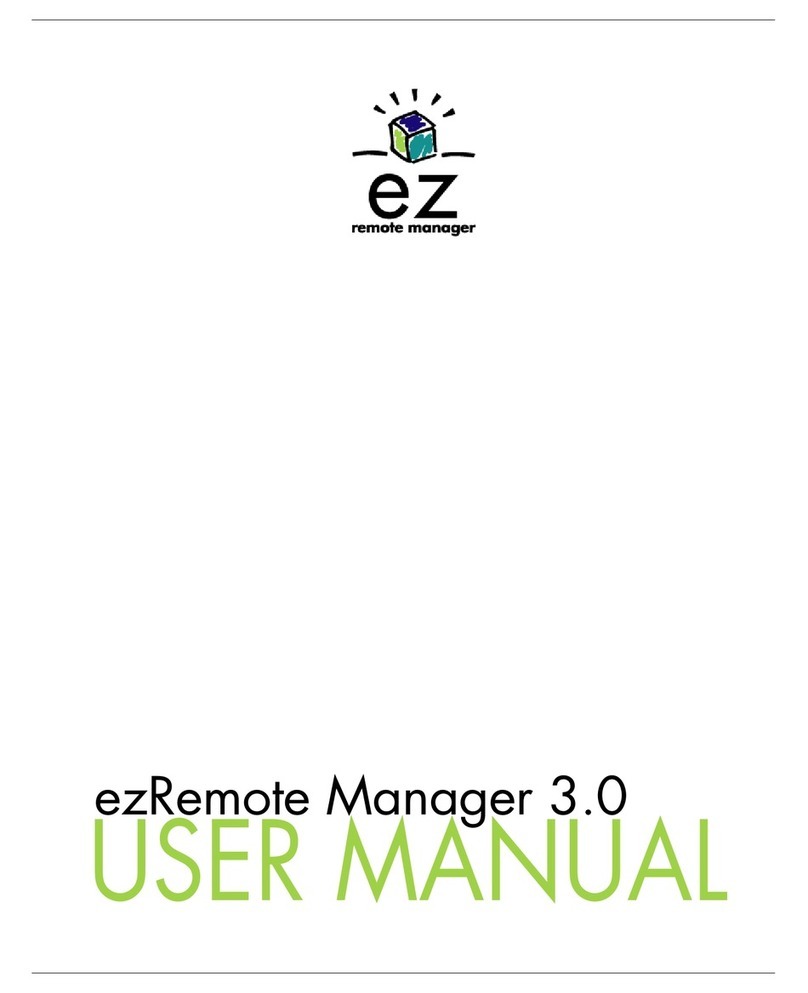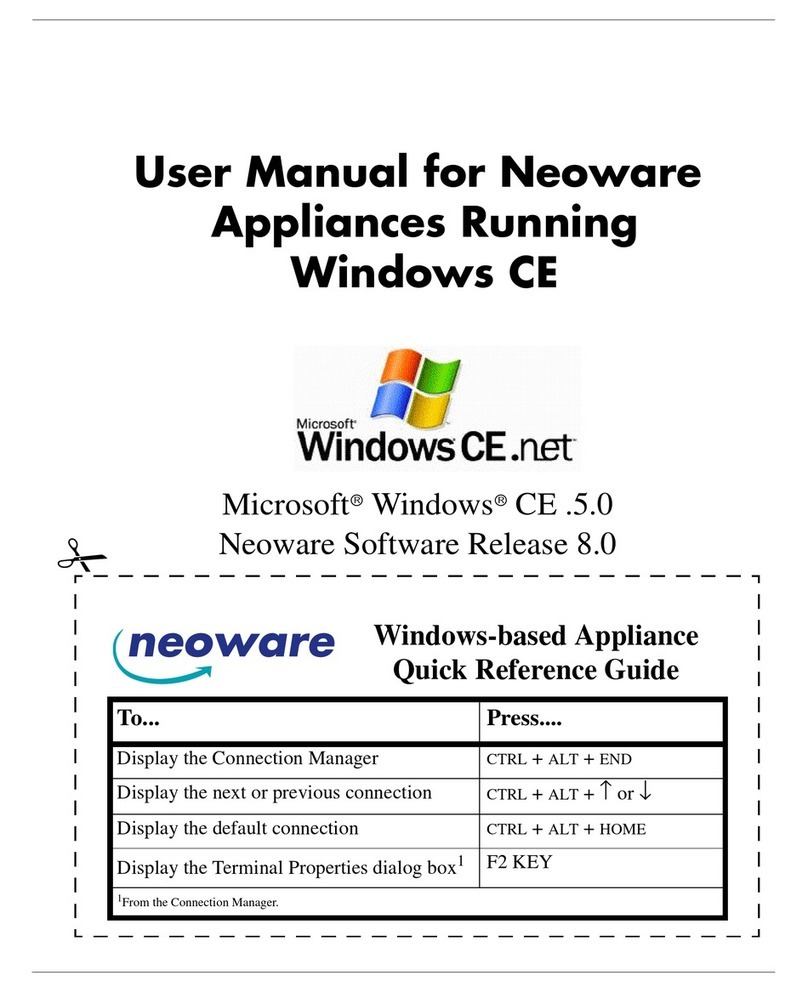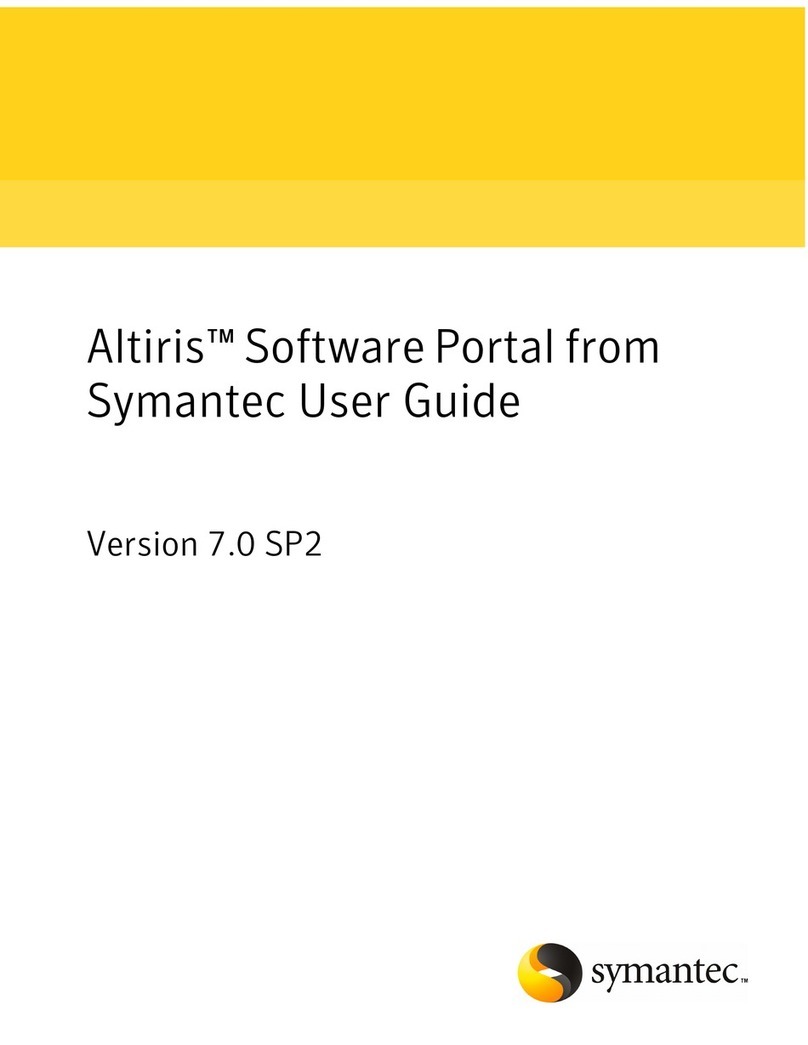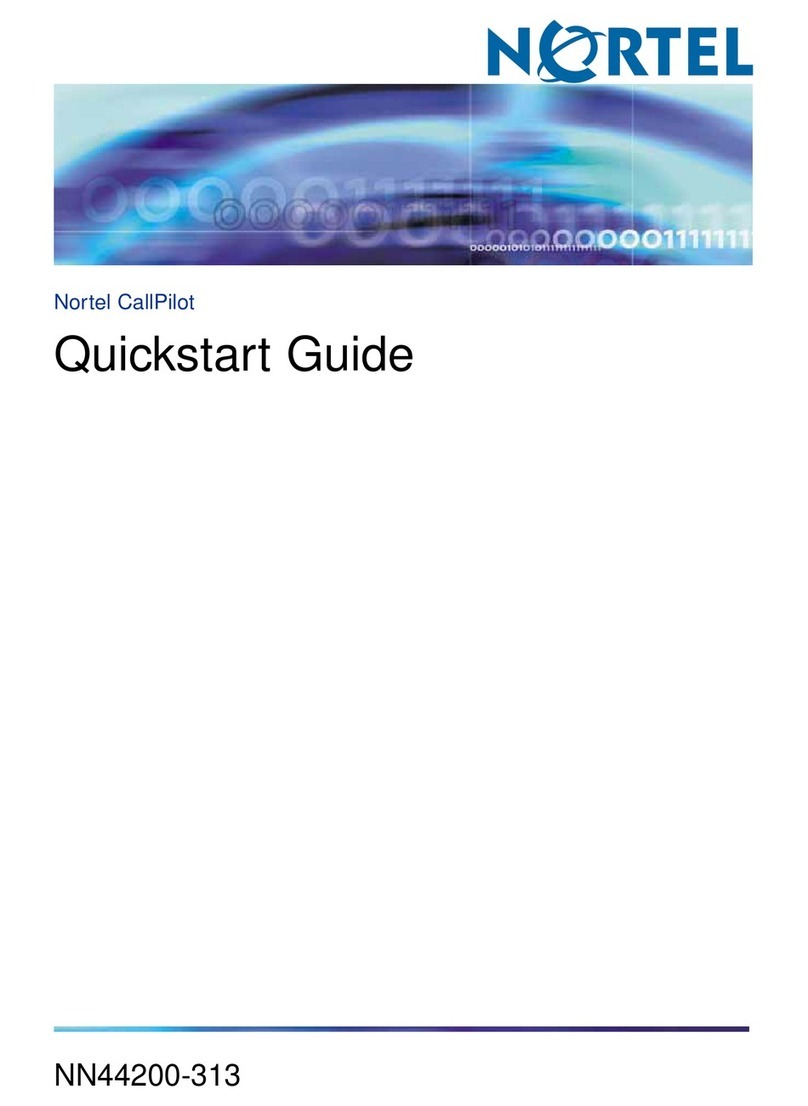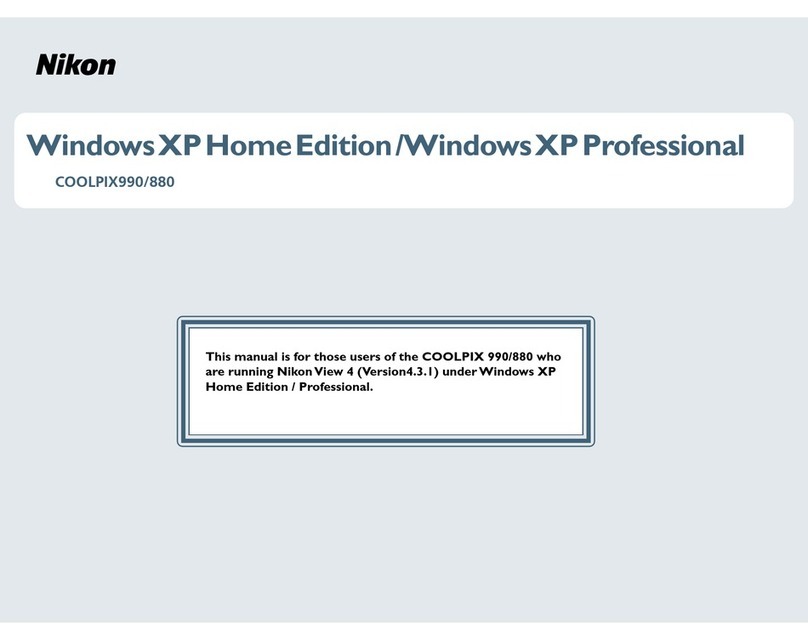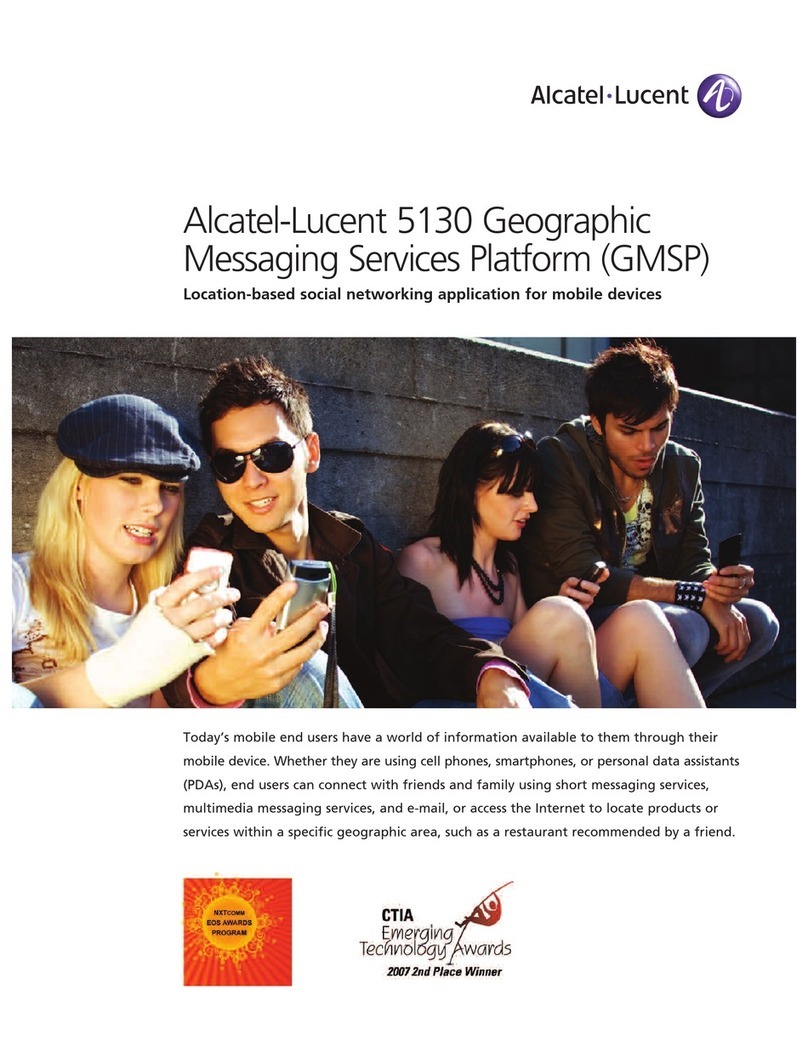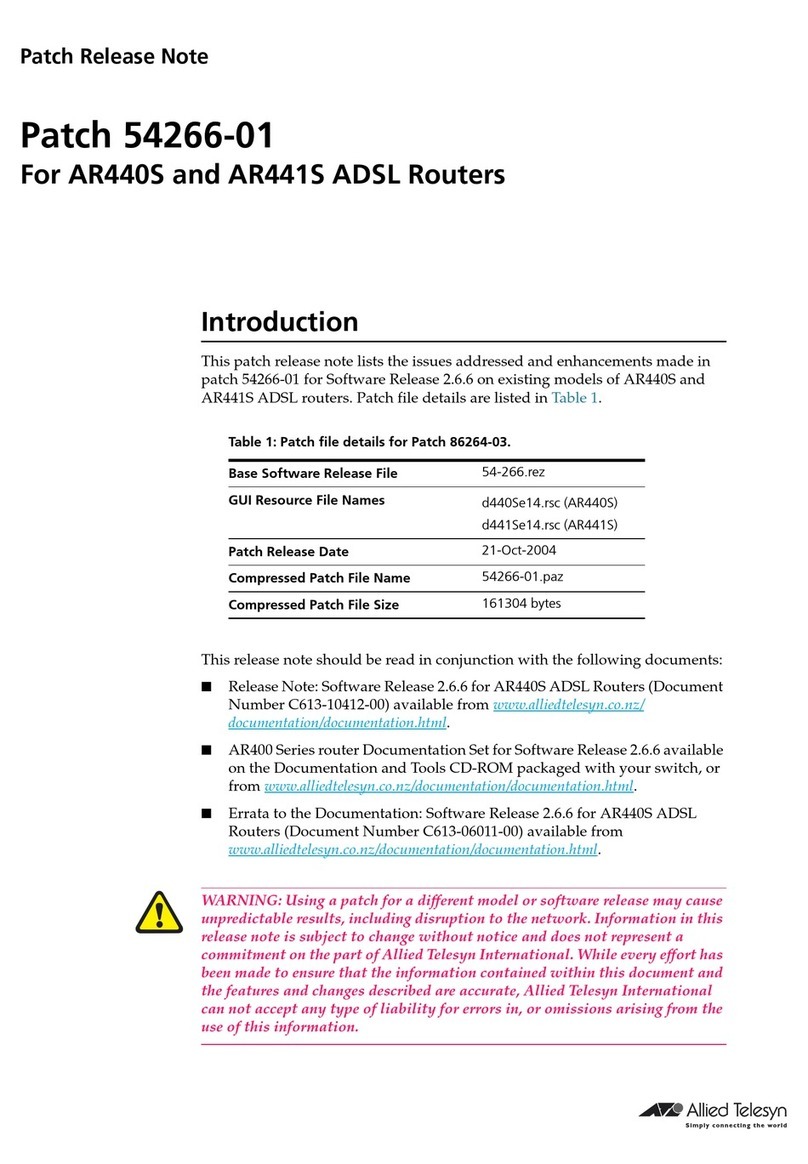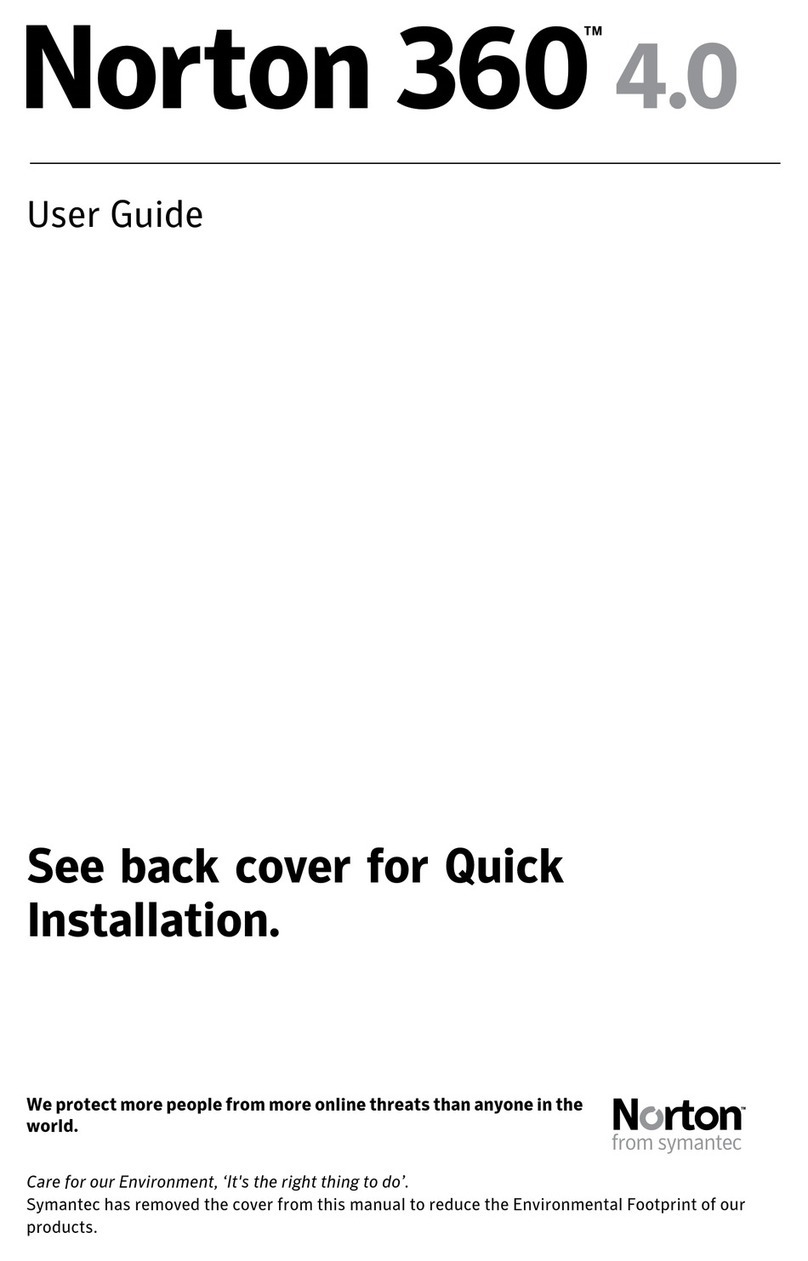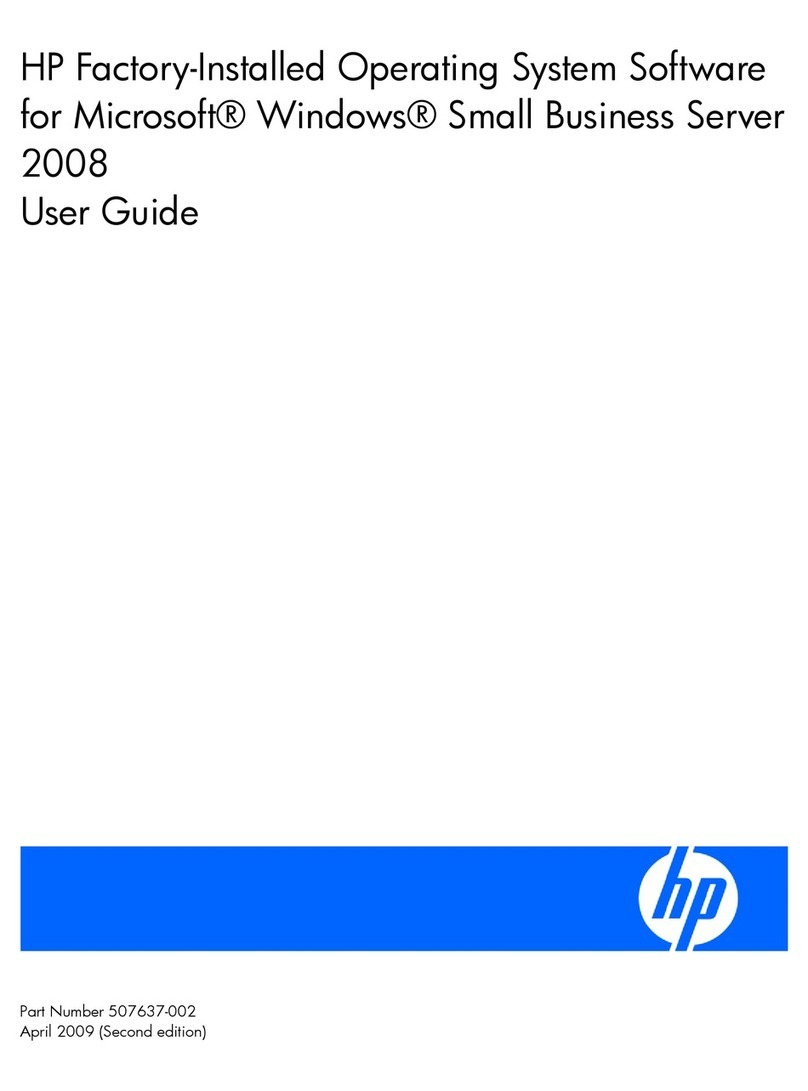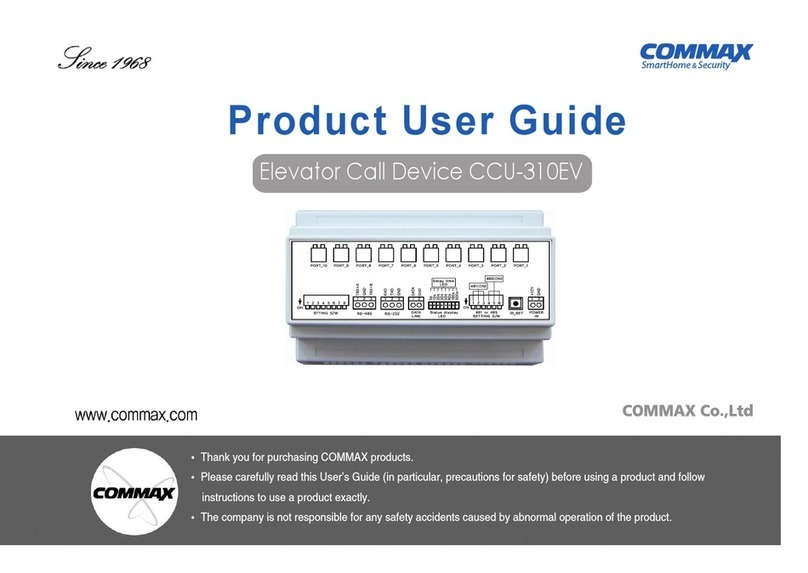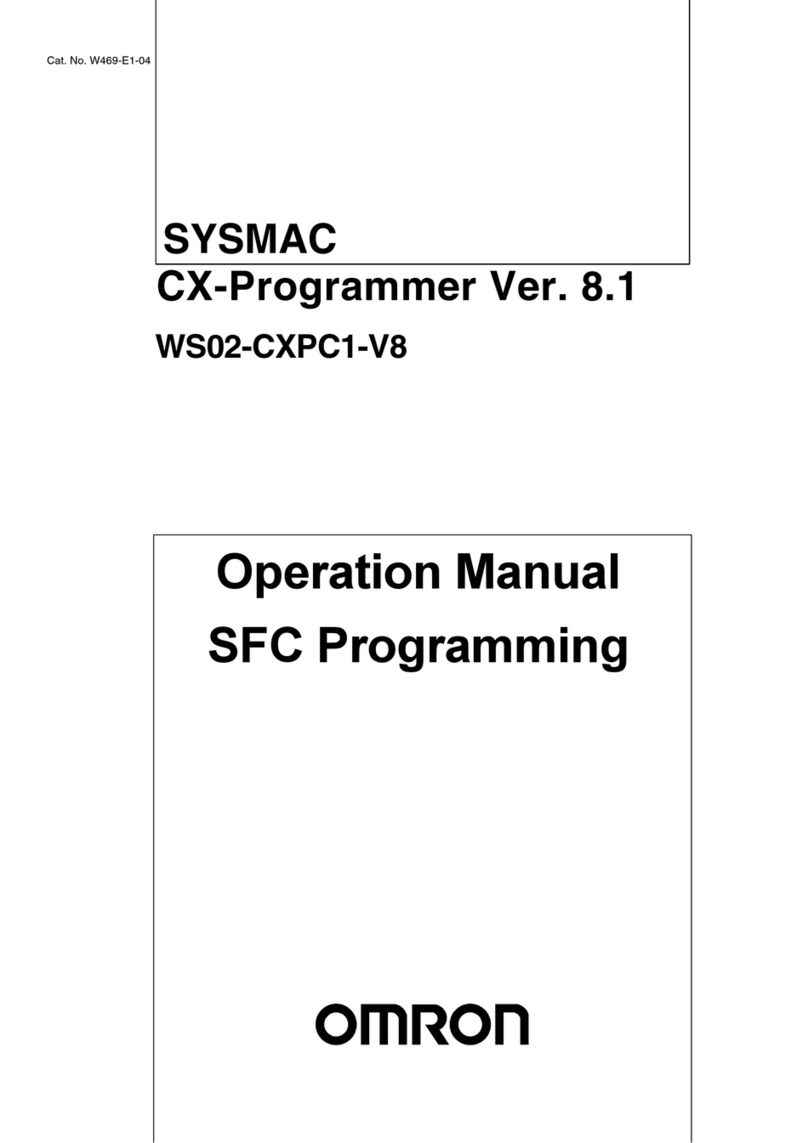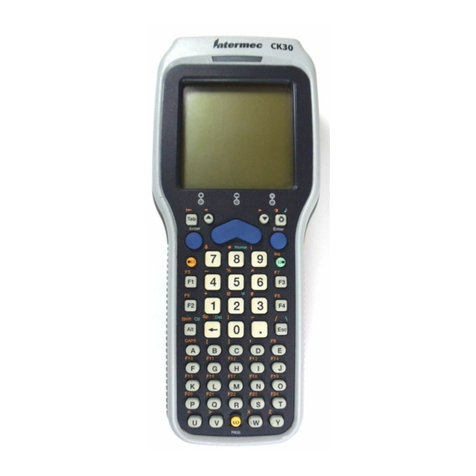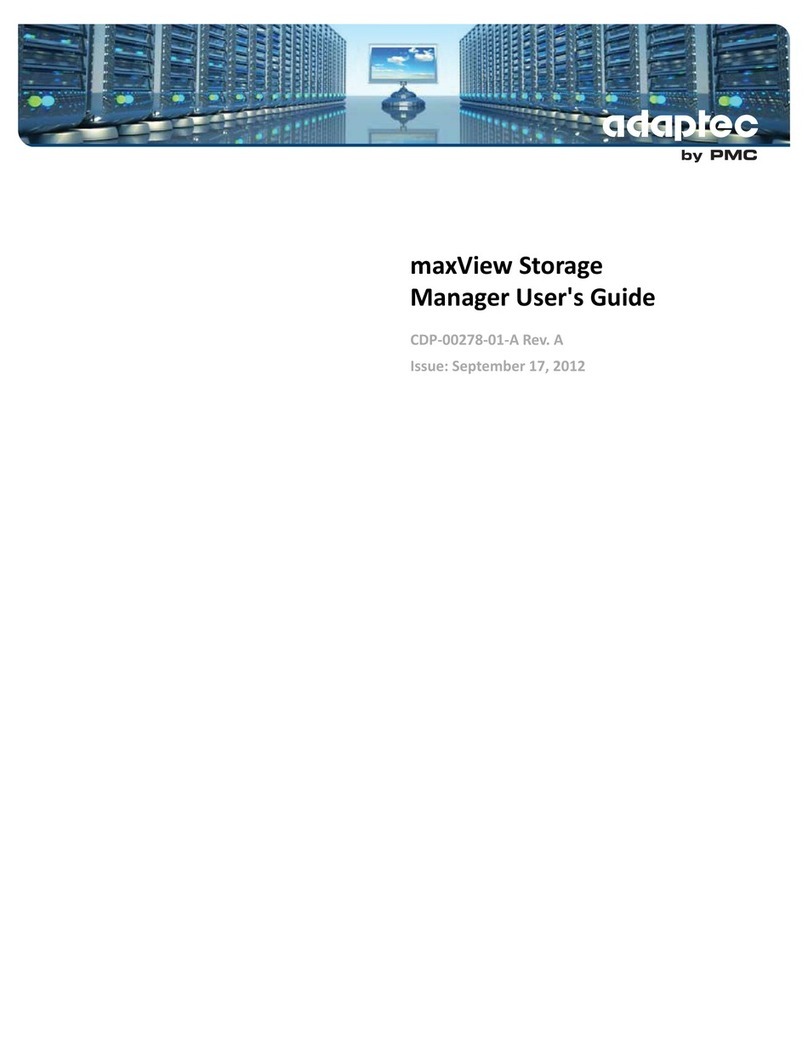Neoware t5730 - Thin Client User manual

TeemTalk 6.0 for Windows
USER MANUAL

ii
© 2007 by Neoware, Inc.
3200 Horizon Drive,
King of Prussia, PA 19406 USA
Tel.: +1-610-277-8300
Fax: +1-610-771-4200
Email: [email protected]
Web: http://www.neoware.com
This manual is copyrighted by Neoware, Inc. All rights are reserved. This document may not, in
whole or in part, be copied, photocopied, reproduced, translated, or reduced to any electronic
medium or machine-readable form without prior consent, in writing, from Neoware, Inc.
Neoware and TeemTalk are trademarks or registered trademarks of Neoware, Inc. Microsoft and
Windows are registered trademarks of Microsoft Corporation. MetaFrame, WinFrame, and ICA are
registered trademarks of Citrix Systems, Inc. Other trademarks used in this manual are the property
of their respective owners.
Disclaimer: The information provided in this manual is intended for instructional purposes only
and is subject to change without notice. Neoware, Inc. accepts no responsibility or liability for
errors, omissions, or misleading information that may be contained in this manual.
November 2007

iii
TeemTalk Software Suppor t
Telephone: +1-610-277-8300
Web: http://www.neoware.com/support/
TeemTalk Software Version
Software version: 6.0
TeemTalk © 1988-2007 Neoware UK Ltd, All Rights Reserved.
Acknowledgements
This product includes software developed by the OpenSSL Project for use in the OpenSSL
Toolkit. (http://www.openssl.org/).

iv
Trademarks
TeemTalk is a registered trademark of Neoware UK Ltd.
ADDS Viewpoint A2 is a trademark of Applied Digital Data Systems Inc.
AIX is a registered trademark of International Business Machines Corporation.
D100, D200 and D410 are trademarks of Data General.
Dataspeed is a registered trademark of AT&T.
DEC, VT52, VT100, VT131, VT220, VT300, VT320 and VT340 are registered trademarks of
Digital Equipment Corporation.
Hazeltine is a trademark of Esprit Systems, Inc.
HP700/92, HP700/94, HP700/96, HP2392A and HP2622A are trademarks of Hewlett Packard
Company.
IBM is a registered trademark of International Business Machines Corporation.
Microsoft and MS-DOS are registered trademarks, and Windows and Excel are trademarks of
Microsoft Corporation.
Prime is a registered trademark and PT250 is a trademark of Prime Computer, Inc.
Retrographics and VT640 are registered trademarks of Digital Engineering, Inc.
Sun, PC-NFS and NFS are registered trademarks of Sun Microsystems, Inc.
Tandem, NonStop and LXN are trademarks of Tandem Computers Inc.
Tektronix is a registered trademark of Tektronix, Inc.
TeleVideo is a registered trademark, and TeleVideo 910, 910+, 925, 950 and 955 are trademarks of
TeleVideo Systems, Inc.
Westward is a registered trademark of Telemetrix, Inc.
WYSE is a registered trademark, and WY-50, WY-50+ and WY-60 are trademarks of Wyse
Technology Inc.
All other product names are trademarks of their respective manufacturers.

v
TeemTalk 6.0 for Windows User Manual
Table of Contents
TeemTalk Software Support iii
TeemTalk Software Version iii
Acknowledgements iii
Trademarks iv
Table of Contents v
CHAPTER 1
Introduction 1
What is TeemTalk? 1
About This Manual 1
Overview of Contents 1
Terms & Conventions 4
Getting More Information 5
The Internet 5
Technical Support 5
CHAPTER 2
Getting Started 7
Creating a Session 7
Changing the Session Configuration 11
Running a TeemTalk Session 12
The TeemTalk Window Display 12
The Title Bar 13

Table of Contents
vi
The Menu Bar 13
The Toolbar 14
The Emulation Workspace 14
Hotspots 14
The Soft Buttons 14
The Status Bar 15
Session Management 17
Logged on as System Administrator 17
Logged on as a User 18
CHAPTER 3
TeemTalk Connection Wizard Settings 21
Running the Connection Wizard 21
Connection Information 22
Connection Name 22
Terminal Emulation Selection 22
Graphics Mode 27
DEC Suite Emulation Settings 27
BQ 3107 Emulation Settings 28
HP 700-92/96 Emulation Settings 28
IBM 3151 Emulation Settings 28
IBM 3270 Emulation Settings 28
IBM 5250 Emulation Settings 29
International Settings 30
Keyboard Options 30
Operating Language 30
Hllapi Session Identifier 30
International Settings 31
DEC VT Suite, AIXTerm, ANSI BBS, AT386 &
SCO Console 31
HP 700-92/96 33
IBM 3270 34
IBM 5250 35
Wyse Suite, ADDS A2, HZ1500, TVI 36
Keyboard Options 38

Table of Contents
vii
Host Information 40
Advanced Options 42
Printer Port Settings 43
Direct Print Data to the Print Manager 43
Direct Print Data to a Specific Port 44
Direct Print Data to a Network Printer 45
Advanced Printer Configuration 46
Process ANSI Commands 47
GUI Overrides 49
Aux Port Settings 51
Nominate Script File 52
Finalization 53
CHAPTER 4
Host Connection Settings 55
Displaying Host Connection Setup Options 55
Connection Wizard 55
Emulator Window 56
Types of Host Connection 56
TCP/IP Connection Settings 57
Connection Wizard 57
Emulator Window 57
TCP/IP Telnet Configuration 58
TN3270 Options 61
TN5250 Options 64
5250 Printer Options 66
Modem Connection Settings 70
Connection Wizard 70
Emulator Window 70
The Modem Settings Dialog 70
Serial Connection Settings 72
Connection Wizard 72
Emulator Window 72
The Serial Settings Dialog 72
SSL Connection Settings 75

Table of Contents
viii
Connection Wizard 75
Emulator Window 75
SSL Connection Configuration 76
Error Messages 77
Notes About Certificates 77
Storage of Certificates 78
Acquiring New Certificates 78
Adding to the Registry 78
Importing from the File System 79
SSH Connection Settings 80
Connection Wizard 80
Emulator Window 80
SSH Connection using Username and Password 81
SSH Connection to an openSSH Server using a Key
File 81
SSH Connection to an SSH Communications
Security Tectia Server using a Key File 85
SSH Key File Permissions 86
SSH Connection Dialog Display 86
CHAPTER 5
Keyboard Configuration 89
Keyboard Mapping 89
Defining Key Functions 89
Defining a Key or Key Combination 91
Key Combinations & Sequences 91
Specifying Characters 92
Compose Character Sequences 93
CHAPTER 6
Mouse Functions 99
Default Mouse Functions 99
Redefining Mouse Functions 99
Selecting & Copying Text 100
Moving the Cursor in Block Mode 101
Send Keyword 101

Table of Contents
ix
Show & Action Hotspots 102
Emulating a 3-Button Mouse 102
CHAPTER 7
Hotspots 103
Introduction 103
The Hotspot Editor 104
Defining a Hotspot 104
The Hotspot Definition 105
CHAPTER 8
The Toolbar 107
Introduction 107
The Predefined Button Tools 107
Redefining the Toolbar 109
Adding Buttons 109
Assigning User-Defined Functions 110
Specifying Key Functions 110
Specifying Characters 111
Adding a Space Between Buttons 111
Removing a Button or Space 112
Saving the Button Tools 112
Snapins 112
CHAPTER 9
Setup Menus 113
Menu Display 113
Restoring Default Settings 114
Specifying Characters in Setup Entries 114
Saving the Session Configuration 115
Save Using Current Session Name 115
Save Using New Session Name 115
Opening a Session 116
Adding Menu Items 118
The File Menu 119
The Edit Menu 133

Table of Contents
x
Clipboard Options 134
General 134
Parsing 135
The Settings Menu 137
Emulation Settings 138
HP 700-92/96 Settings 145
PT250 Settings 153
IBM 3151 Settings 157
The Display Tab 157
The General Tab 159
The Key Interpretations Tab 161
Wyse Settings 163
The Display Tab 163
The Chars\ Attributes Tab 166
The Block Mode Tab 167
The Misc. Tab 168
TA6530 Settings 171
IBM 3270 Settings 173
The IBM 3270 Model Tab 173
The General Tab 175
The Keyboard Tab 176
The National Char. Settings Tab 177
The Right to Left Options Tab 181
Notice Board Setup 182
IBM 5250 Settings 184
The General Tab 184
The Keyboard Tab 187
The National Char. Settings Tab 187
The Right to Left Options Tab 191
Unisys T27 Settings 192
The General Tab 192
The Environments Tab 195
The Tab Settings Tab 202
BQ 3107 Settings 204
The Compatibility Tab 204

Table of Contents
xi
The Display Tab 205
The Preferences Tab 206
The Function Keys Tabs 207
Serial Settings 209
Auxport Setup 212
Terminal Settings 213
The Screen Tab 213
The Font Tab 215
The Preferences Tab 217
The Keyboard Tab 223
Tab Stops 224
Local Editing 225
Block Transmission 227
Tek 4014 Settings 233
GIN Mouse Definitions 235
Attributes 236
Customizing the Colour Selection 240
Define Keyboard Macros 242
Defining a Key or Key Combination 243
Assigning User-Defined Functions 243
Soft Buttons 244
Programming a Soft Button 245
Assigning User-Defined Functions 245
Mouse Button Actions 246
Assigning Standard Functions 246
Assigning User-Defined Functions 247
Button Tools 248
Adding Buttons 248
Adding a Space Between Buttons 249
Removing a Button or Space 249
Saving the Button Tools 250
Tools Menu 251
Help Menu 252

Table of Contents
xii
CHAPTER 10
DEC VT Emulations 253
Creating a DEC VT Emulation Session 253
Using the TeemTalk Connection Wizard 253
Using the TeemTalk Emulator Window 254
Keyboard Mapping 255
The Status Bar 258
Scrolling the Display 260
TTY Print Mode 260
Typing Direction for Hebrew Language 260
CHAPTER 11
AT&T 4410 Emulation 261
Creating an AT&T 4410 Emulation Session 261
Using the TeemTalk Connection Wizard 261
Using the TeemTalk Emulator Window 262
Keyboard Mapping 262
Display 263
Programming the Function Keys & Buttons 263
CHAPTER 12
BQ 3107 Emulation 265
Creating a BQ 3107 Emulation Session 265
Using the TeemTalk Connection Wizard 265
Using the TeemTalk Emulator Window 266
Keyboard Mapping 267
The Status Bar 269
CHAPTER 13
DG 410/412 Emulation 271
Creating a DG 410/412 Emulation Session 271
Using the TeemTalk Connection Wizard 271
Using the TeemTalk Emulator Window 272
Keyboard Mapping 272
Key Functions 274
Local Print 274
Cursor Type 274

Table of Contents
xiii
N/C 274
Composing Characters 275
Key Codes 275
CHAPTER 14
HP 700-92/96 Emulation 277
Creating an HP 700-92/96 Emulation Session 277
Using the TeemTalk Connection Wizard 277
Using the TeemTalk Emulator Window 278
Keyboard Mapping 279
Display Configuration 281
Function Keys & Buttons 281
Mode Selection 282
Configuration Selection 286
Device Control 286
Device Modes 288
Margins, Tabs & Start Column 290
Programming Function Keys & Buttons 293
User Keys Mode 293
User Key Definitions 293
Default Definitions 294
Key String Treatment 294
Function Indicator 294
Key String Definition 294
Character Display Attributes 295
CHAPTER 15
IBM 3270 Emulation 297
Creating an IBM 3270 Emulation Session 297
Using the TeemTalk Connection Wizard 297
Using the TeemTalk Emulator Window 298
IBM 3270 Emulation Capabilities 299
Keyboard Mapping 300
SysReq Key Support 300
Network Virtual Terminal Mode 302
IBM 3287-1 Printer Support 303

Table of Contents
xiv
The Status Line 303
Operating Mode & Communication 303
Do Not Enter 304
Typing Direction 305
Bilingual Keyboard Mode 305
Numeric Lock 305
Insert Mode 305
Display Direction 306
Cursor Position 306
Text Display Options 306
Display Right-to-Left 306
Typing Direction 306
Close Key 307
Push Mode 307
Bilingual Keyboard Support 307
Alternate Code Page 307
Record & Playback Keystrokes Facility 308
Recording Keystrokes 308
Playback Keystrokes 309
Editing Macros 310
Error Codes 311
Notice Board Facility 312
Introduction 312
Key Functions 312
Copying Screen Data to the Display 312
Copying Screen Data to a Function Key 313
CHAPTER 16
IBM 5250 Emulation 315
Creating an IBM 5250 Emulation Session 315
Using the TeemTalk Connection Wizard 315
Using the TeemTalk Emulator Window 317
IBM 5250 Emulation Capabilities 319
Keyboard Mapping 319
Network Virtual Terminal Mode 321

Table of Contents
xv
The Status Line 322
Operating Mode & Communication 322
Do Not Enter 322
Typing Direction 322
Bilingual Keyboard Mode 322
Insert Mode 323
Display Direction 323
Cursor Position 323
Fax Image Support 323
Word Processing Mode 324
Text Display Options 325
Display Right-to-Left 325
Typing Direction 325
Close Key 325
Push Mode 325
Bilingual Keyboard Support 326
Alternate Code Page 326
Record & Playback Keystrokes Facility 327
Recording Keystrokes 327
Playback Keystrokes 328
Error Codes 329
CHAPTER 17
IBM 3151 Emulation 331
Creating an IBM 3151 Emulation Session 331
Using the TeemTalk Connection Wizard 331
Using the TeemTalk Emulator Window 332
The Status Bar 333
Keyboard Mapping 334
Defining Function Keys 336
CHAPTER 18
MDIS Prism Emulations 339
Creating an MDIS Prism Emulation Session 339
Using the TeemTalk Connection Wizard 339
Using the TeemTalk Emulator Window 340

Table of Contents
xvi
Keyboard Mapping 340
CHAPTER 19
PT250 Emulation 343
Creating a PT250 Emulation Session 343
Using the TeemTalk Connection Wizard 343
Using the TeemTalk Emulator Window 344
The Status Line 345
Keyboard Mapping 348
Displaying Alternate Characters 350
CHAPTER 20
Siemens 97801 Emulation 353
Creating a Siemens 97801 Emulation Session 353
Using the TeemTalk Connection Wizard 353
Using the TeemTalk Emulator Window 354
Keyboard Mapping 354
CHAPTER 21
TA6530 Emulation 357
Creating a TA6530 Emulation Session 357
Using the TeemTalk Connection Wizard 357
Using the TeemTalk Emulator Window 358
Operating Modes 359
Conversational Mode 359
Block Mode 359
ANSI Mode 360
The Rule Cursor 360
Keyboard Mapping 360
The Status Line 362
CHAPTER 22
Unisys T27 Emulation 365
Creating a Unisys T27 Emulation Session 365
Using the TeemTalk Connection Wizard 365
Using the TeemTalk Emulator Window 366
The Status Bar 367

Table of Contents
xvii
Keyboard Mapping 368
CHAPTER 23
Viewdata Emulation 371
Creating a Viewdata Emulation Session 371
Using the TeemTalk Connection Wizard 371
Using the TeemTalk Emulator Window 372
Keyboard Mapping 373
CHAPTER 24
Wyse Emulations 375
Creating a Wyse Emulation Session 375
Using the TeemTalk Connection Wizard 375
Using the TeemTalk Emulator Window 377
Keyboard Mapping 378
Display Format 380
Status Line Messages 380
Standard & Extended Status Line 380
Standard Status Line 381
Extended Status Line 382
CHAPTER 25
File Transfer 383
Introduction 383
Protocols Supported 383
Sending Files 385
Receiving Files 387
Cancelling a File Transfer 389
General Parameters 390
Kermit Parameters 392
ASCII Parameters 395
ZMODEM Parameters 397
Kermit Remote Operations 401
Local Operation 404

Table of Contents
xviii
CHAPTER 26
IBM File Transfer 405
Introduction 405
Disabling Host Messages 405
Sending & Receiving Files 406
IBM File Transfer Settings 408
CHAPTER 27
FTP File Transfer 411
Transferring Files 411
Menu & Toolbar Options 418
The File Menu 419
The Session Menu 422
The Configure Menu 425
The View Menu 426
CHAPTER 28
Initialization Commands 427
Introduction 427
Command Summary 428
Host Connection 428
Session Configuration 428
Display Settings 428
Keyboard & Mouse 430
Host Connection 431
Load Winsock on Start-up 431
Action on Host Connection Close 431
Disable New Session Warning Message Box 431
Disable 'Exit' Message Box 432
Default Telnet Port Number 432
Session Configuration 432
Registry Start-up Settings To Action 432
Load Specified Session Configuration 433
Disable Bell 433
Enable Debug (File Capture/Replay) 433
Enable Debug Log Send & Receive 433
ZModem Startup 434

Table of Contents
xix
ZModem Log File Name 434
Display Settings 434
Window Minimized on Start-Up 434
Window Maximized on Start-Up 434
Workspace Fills Screen on Start-Up 435
Disable Window Frame Resize 435
Clear Screen When Session Closed 435
History Buffer Size 435
Window Title 435
Window Subtitle 436
Disable Minimize, Maximize & Close Buttons 436
Disable Minimize Button 436
Disable Maximize Button 436
Disable Close Button 436
Disable Menu Bar & ToolBar 437
Disable Menu Bar, Pop-Up Menus & Toolbar 437
Disable Menu Bar 437
Disable Menu Bar 437
Disable Menu Bar & Pop-Up Menus 438
Disable File Menu 438
Disable Edit Menu 439
Disable Settings Menu 439
Disable Tools Menu 440
Disable Toolbar 440
Disable Tool Buttons 440
Disable Scroll Bar 440
Soft Buttons Displayed 441
Disable Status Bar & DEC Status Line 441
Disable Colour Palette 441
Flashing Characters Enabled in All Sessions 442
Reflection 4 Colour Support 442
Graphics Redraw on Resize 442
Crosshair Cursor Size 443
Save 4014 Graphics Display 443
Set Tek Graphics Height 443

Table of Contents
xx
Set Tek Graphics Width 443
Disable Backing Store 444
Enable Plane Masking 444
Disable Sixel Graphics Scaling 444
Keyboard & Mouse 445
Convert £ to $ (MDIS P9) 445
Disable Editing Functions 445
APPENDIX A
Programming Keys & Buttons 447
Introduction 447
Including Key Function Combinations & Sequences 448
Virtual Key Names 448
Key Combinations 448
Key Sequences 448
Including Special Characters 449
Control Characters 449
Backslash Values 449
The Euro Character 449
APPENDIX B
Virtual Key Names 451
Introduction 451
Standard Virtual Key Names 452
AT&T 4410 Virtual Key Names 453
BQ 3107 Virtual Key Names 453
DEC VT500 Virtual Key Names 454
DG 410/412 Virtual Key Names 454
HP 700-92/96 Virtual Key Names 455
IBM 3270 Virtual Key Names 456
IBM 5250 Virtual Key Names 457
IBM 5250 Word Processing Mode 457
MDIS Prism Virtual Key Names 458
PT250 Virtual Key Names 458
SCO Console Virtual Key Names 459
Siemens 97801 Virtual Key Names 459
This manual suits for next models
2
Table of contents
Other Neoware Software manuals
Popular Software manuals by other brands
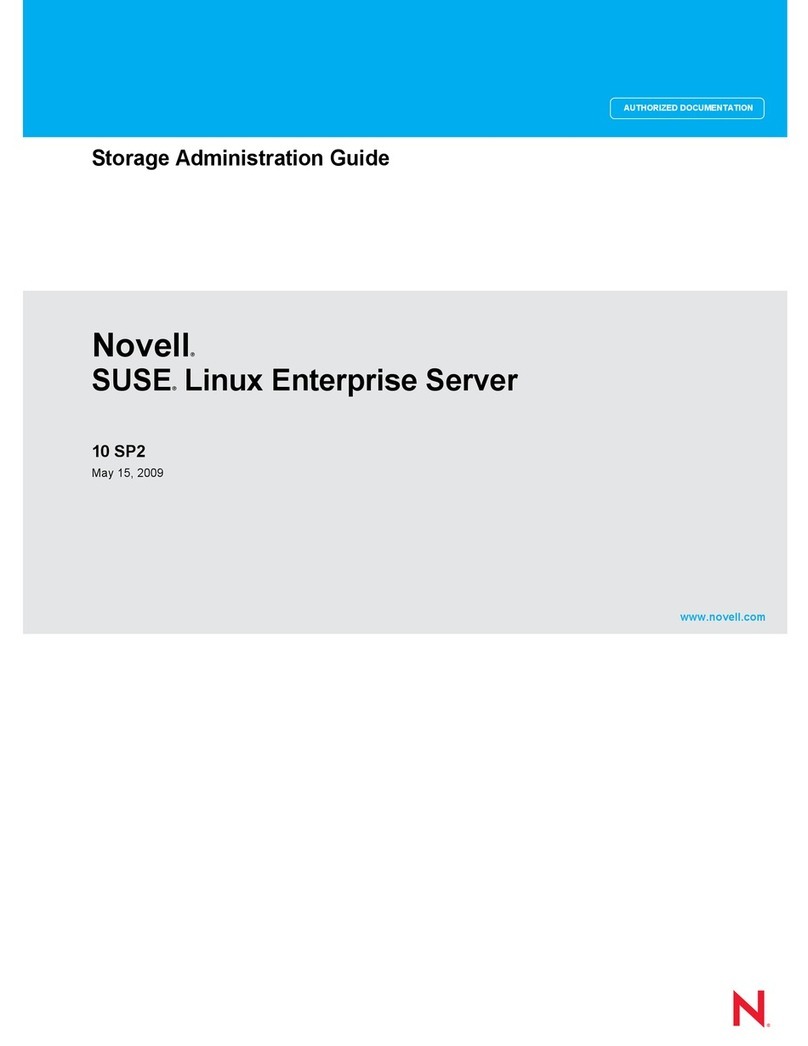
Novell
Novell LINUX ENTERPRISE SERVER 10 SP2 - STORAGE ADMINISTRATION GUIDE... Administration guide
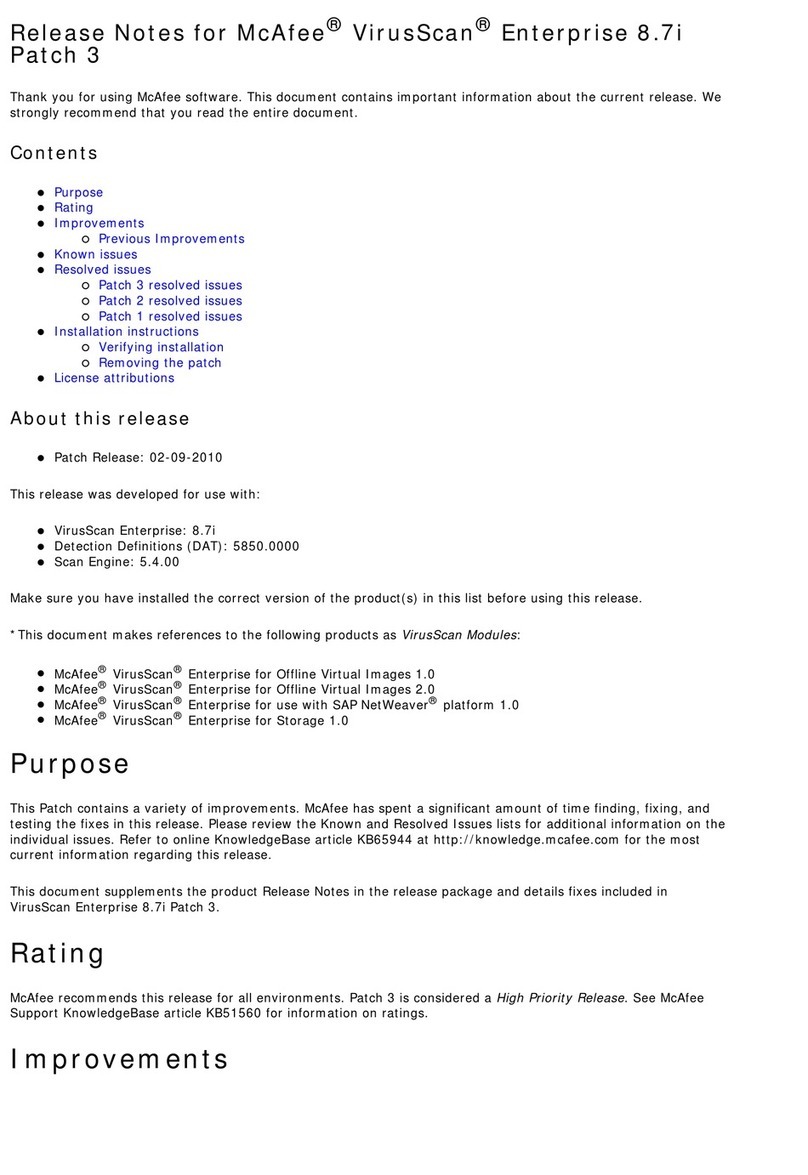
McAfee
McAfee VIRUSSCAN ENTERPRISE 8.7I PATCH 3 - S... release note
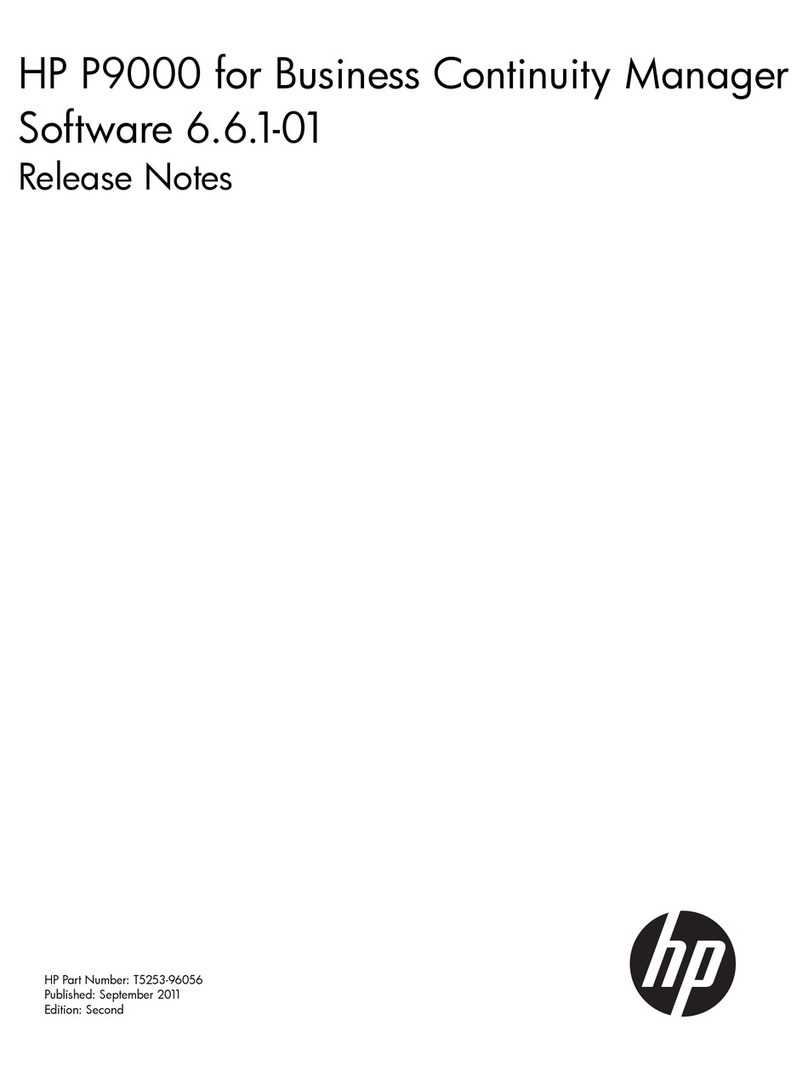
HP
HP HPE XP P9500 release note
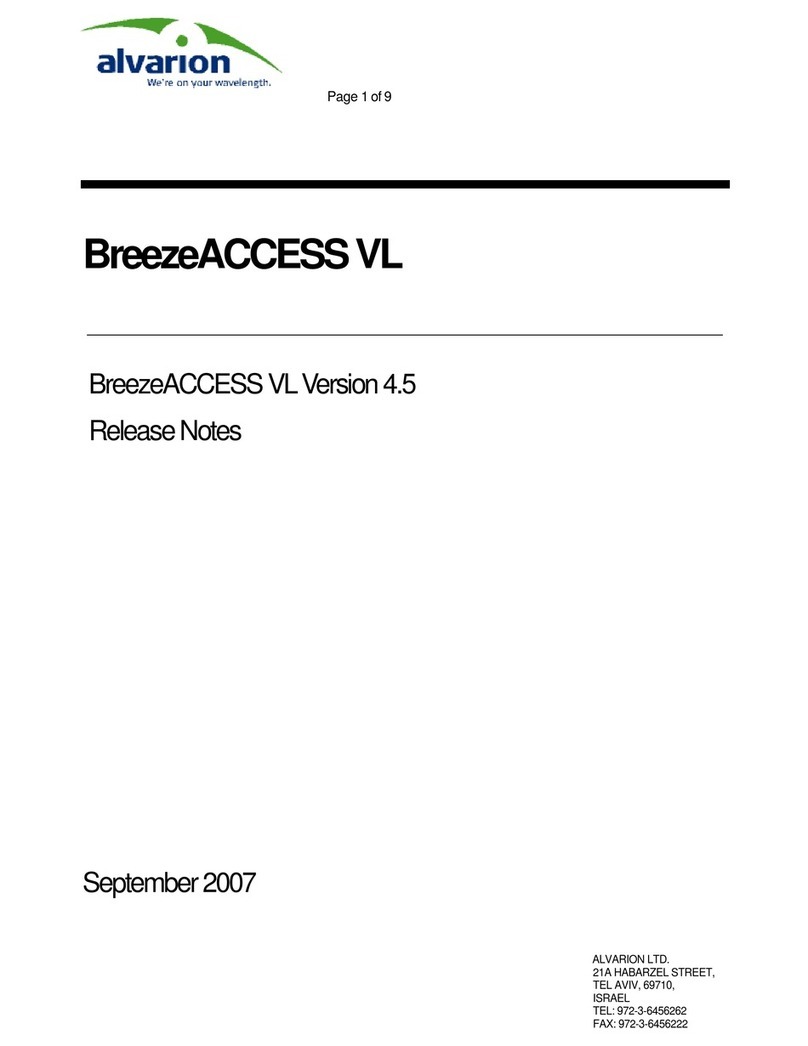
Alvarion
Alvarion BreezeACCESS 4900 release note
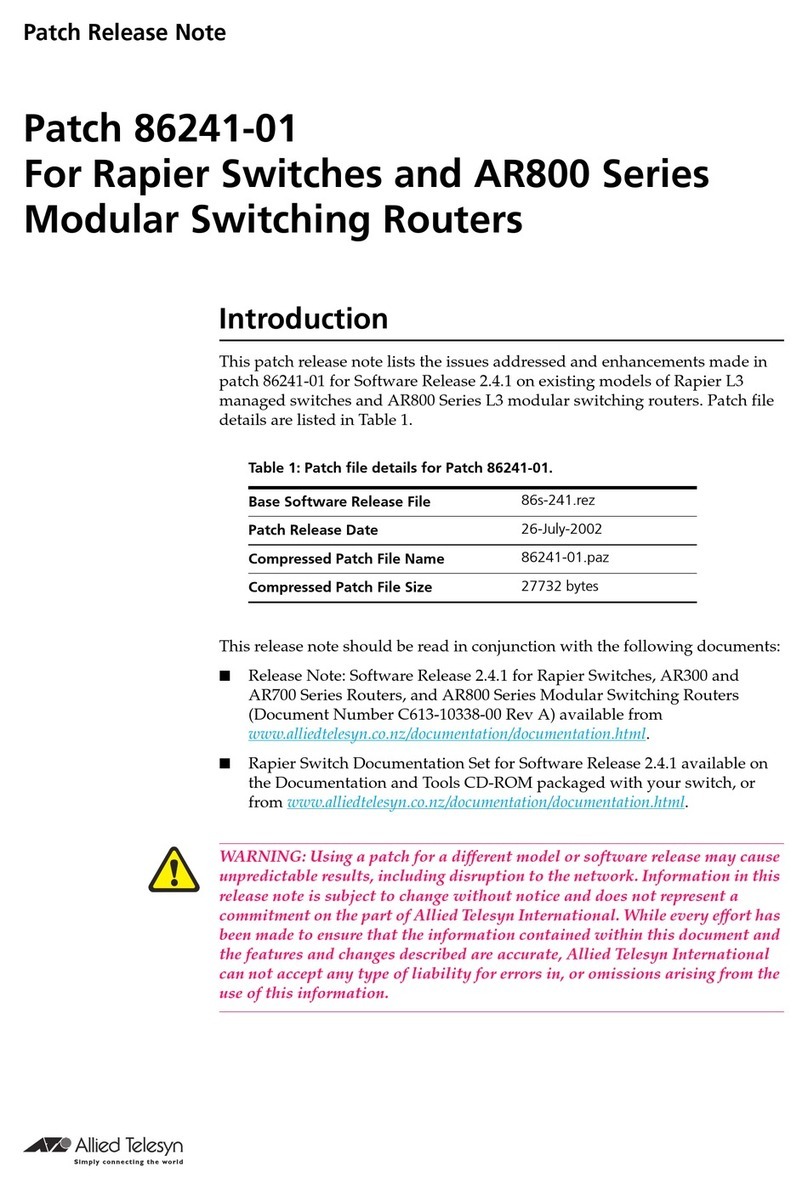
Allied Telesis
Allied Telesis 86241-01 release note
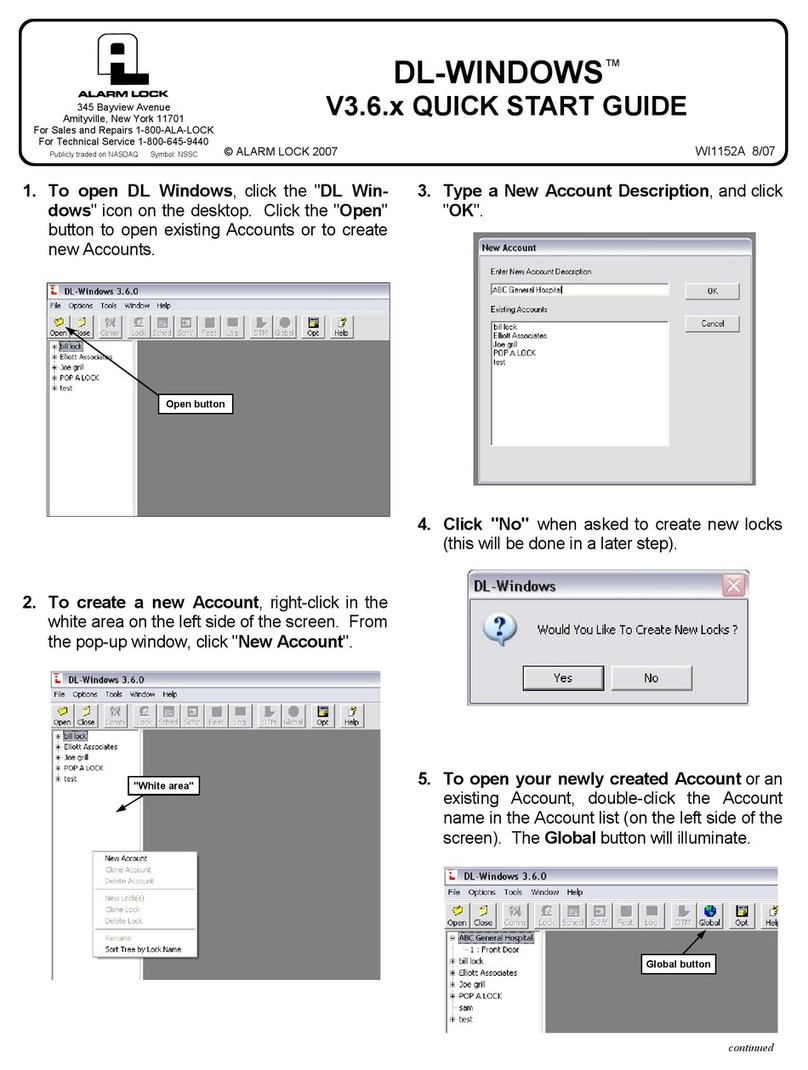
Alarm Lock
Alarm Lock DL-WINDOWS V3.6.x quick start guide
